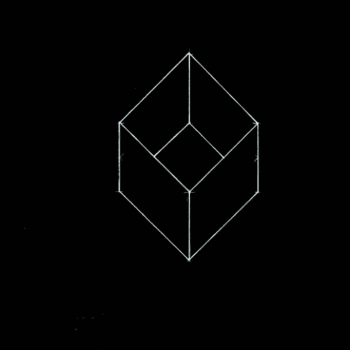#3/(4x) - (4x)/(x-3) = -4#
Let's get a #color(green)(c o m m o n)# #color(green)(d e n o m i n a t o r)#
#color(green)((x-3)/(x-3)) xx 3/(4x) - (4x)/(x-3) xx color(green)((4x)/(4x)) = (-4)/1 xx color(green)((x-3)/(x-3)) xx color(green)((4x)/(4x))#
note the asymptotes at #x = 0, 3# (values of #x# that make the denominator #0#). These values are excluded in our domain
#(3x-9)/(4x^2-12x) - (16x^2)/(4x^2-12x) = (-16x^2+48x)/(4x^2-12x)#
#(3x-9-16x^2)/(4x^2-12x) = (-16x^2+48x)/(4x^2-12x)#
multiply both sides by # (-16x^2+48x)/(4x^2-12x) #
#3x-9-16x^2 = -16x^2+48x#
NOTE the domain has not changed, even though there are no longer asymptotes. The excluded values in the denominator, #x = 0, 3# are still part of the problem
move all the constants to one side, variable (#x#) to the other
#-16x^2+16x^2-48x+3x = 9#
simplify
#-45x = 9#
#x = -1/5# or #-0.2#
Is this answer allowed in our domain? Well, it's not #0# or #3# so yes, it is allowed
graph{y = 3/(4x) - (4x)/(x-3)+4}
Yep, #x=-0.2#

